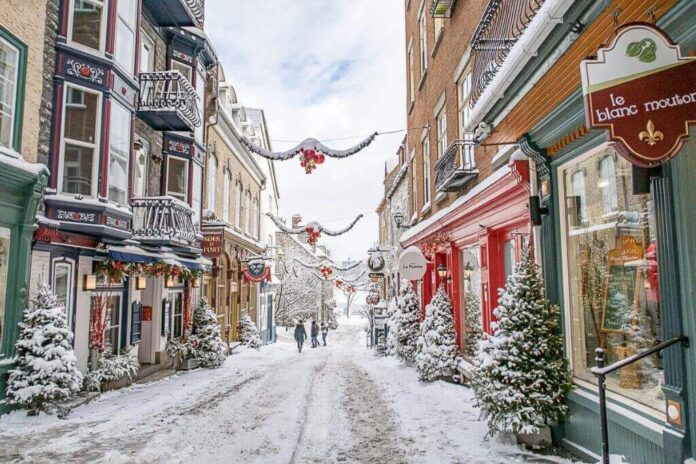The winters in Canada are no joke. It’s snowing, chilly, and dark. And there probably is black ice below all of it. The coldest large cities in Canada are shown below (major cities are defined as areas with at least 100,000 inhabitants).
1. Winnipeg, Manitoba
It is the coldest big city in Canada. Every winter, Winnipeg experiences an average low of -19.2° and 12 days with temperatures below -30°. Its location at the base of the Red River Valley makes it vulnerable to swift, powerful winds.
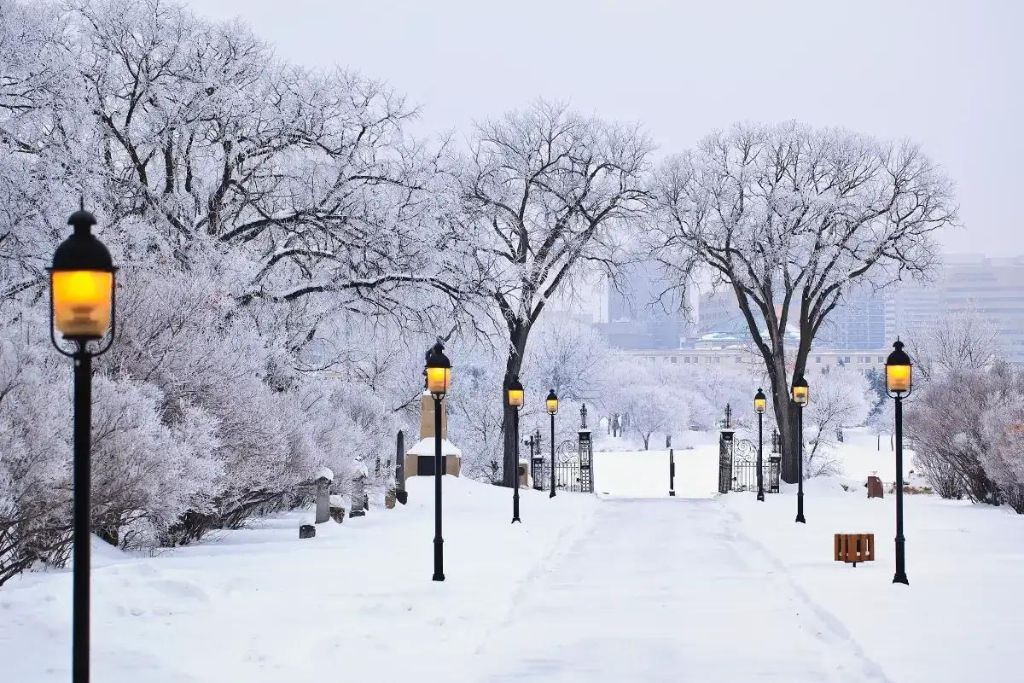
Winnipeg’s environment is also very dry, and many locals apparently need to use humidifiers in their houses. A CBC piece from December 2013 said that Winnipeg was as cold as Mars, where the current temperature was -29 degrees. Winnipeg experiences less snowfall than other significant Canadian cities. But every year, the blustery winds come just in time.
2. Saguenay, Quebec
Only 211 kilometers north of Quebec City, Saguenay has typical winter temperatures of -18.3°. Each year, it receives 321.7 centimeters of snow on average. After St. John’s, Newfoundland is the largest snowy city in Canada.
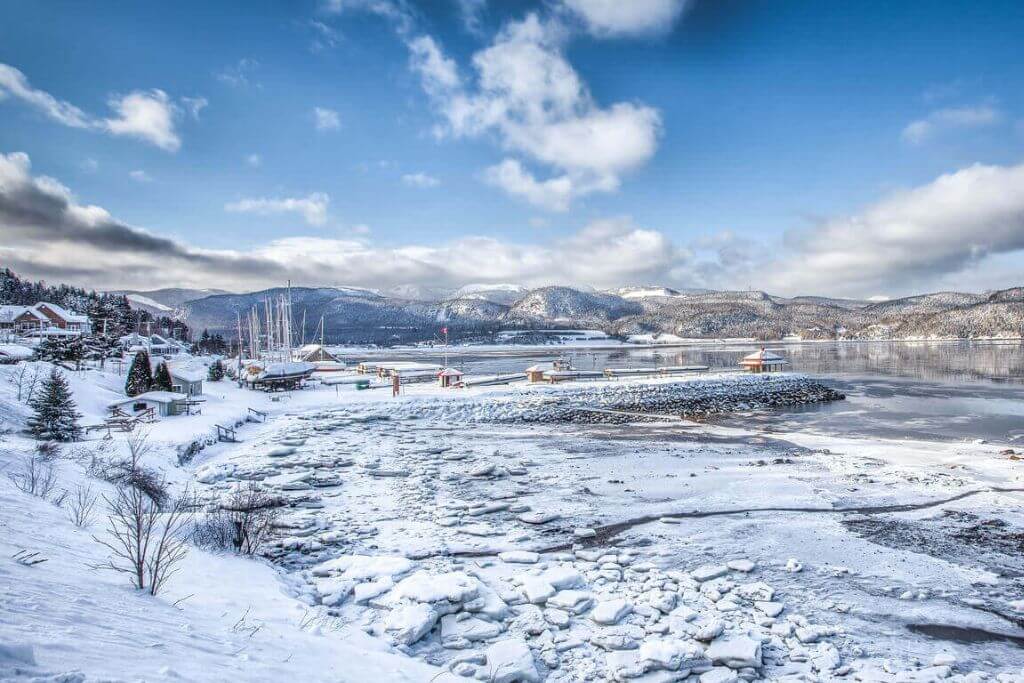
Residents of Saguenay refer to these excursions as a component of the Nordic lifestyle, where you may whiz through the boreal forest with your team of dogs while keeping an eye out for elk and other wildlife. Dog sledding is a popular winter activity there.
3. Regina, Saskatchewan
The winters on the plains can be very harsh. Saskatoon is 258 kilometers south of Regina. The harsh, icy winds and copious amounts of snow that accompany winter every year are conditions that the citizens of Saskatchewan’s capital city are all too familiar with.
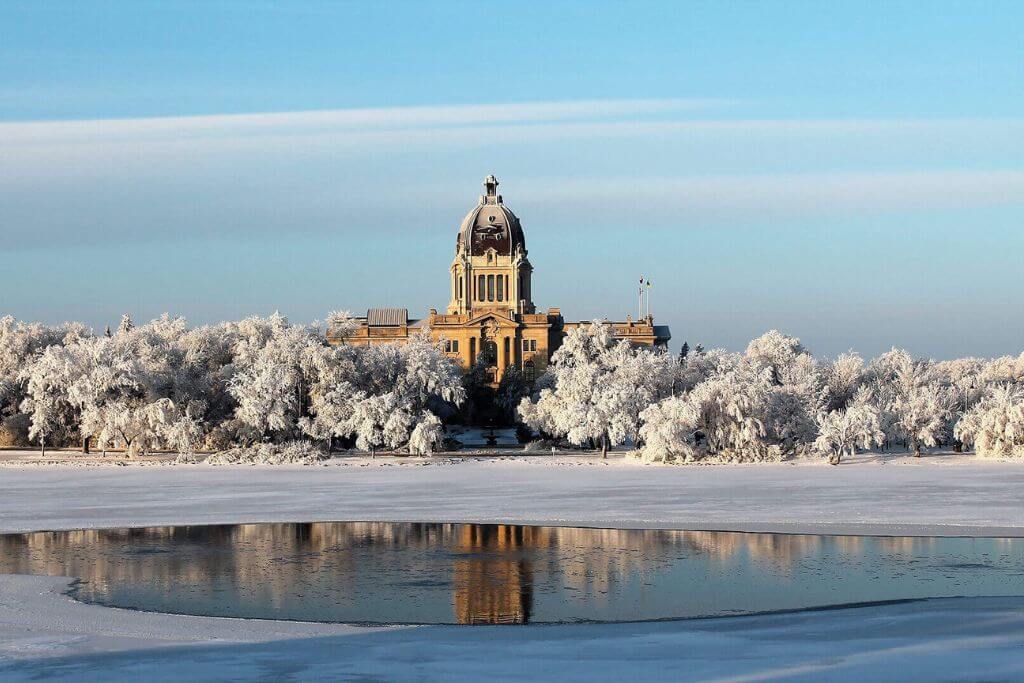
There are 11 nights that dip below -30° on average during the winter, with a low of -18.2°. Regina experienced a startlingly low temperature of -50° on January 1st, 1885. The 21st coldest day ever recorded in Canada is today. There are about 43 days per year where it feels like -30 degrees or below!
4. Thunder Bay, Ontario
More than 1,000 kilometers northwest of Sudbury is Thunder Bay, which has a metro population of 121,621. The average low temperature throughout the winter is -18.1°. Ontario’s coldest day (with wind chill) occurred at Thunder Bay on January 10, 1982, with a low of -58 degrees.
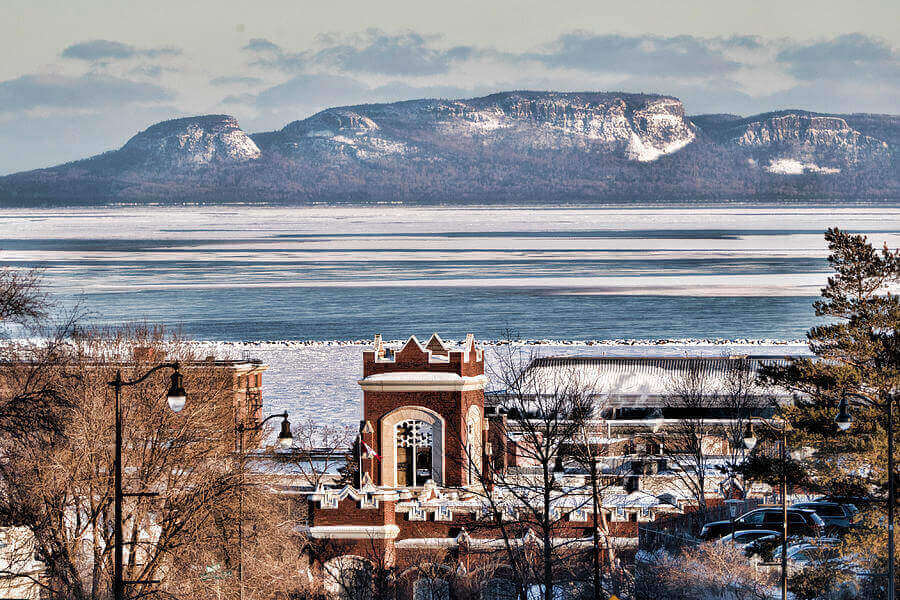
The winter of 2013–2014, according to a report by CBC, was the coldest Thunder Bay had experienced in 35 years. The text claims 61 days when the temperature fell below -20°. With a low of -40°, one of those icy days broke Thunder Bay’s December low-temperature record!
5. Saskatoon, Saskatchewan
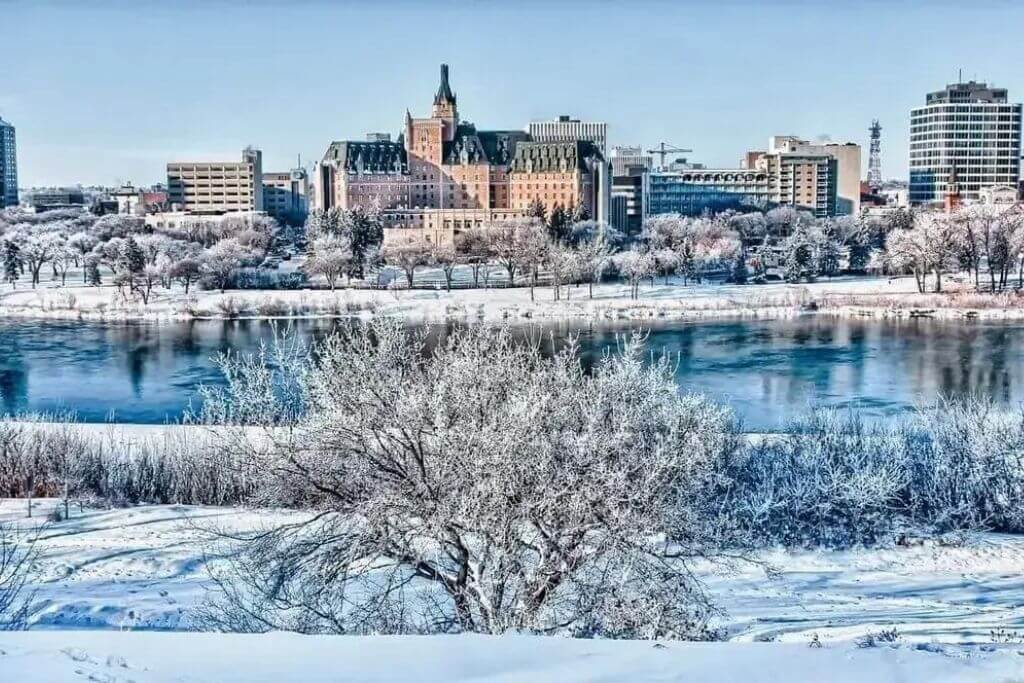
The average low temperature in Saskatoon during the winter is -16.5°. 124 days a year have snow on the ground. Wintertime in Saskatchewan is frequently spent skating, strolling, or cross-country skiing on the many snowy trails and appreciating the stunning, icy South Saskatchewan River. Saskatoon’s all-time record-low temperature was -50° in 1893.
6. Sudbury, Ontario
Are any of us surprised that Sudbury is on this list? During the winter, Sudbury often experiences lows of about -15.5° and average annual snowfall of 263.4cm. Due to Sudbury’s location north of the Great Lakes, arctic air masses frequently pass through the city, which can result in extremely cold temperatures.
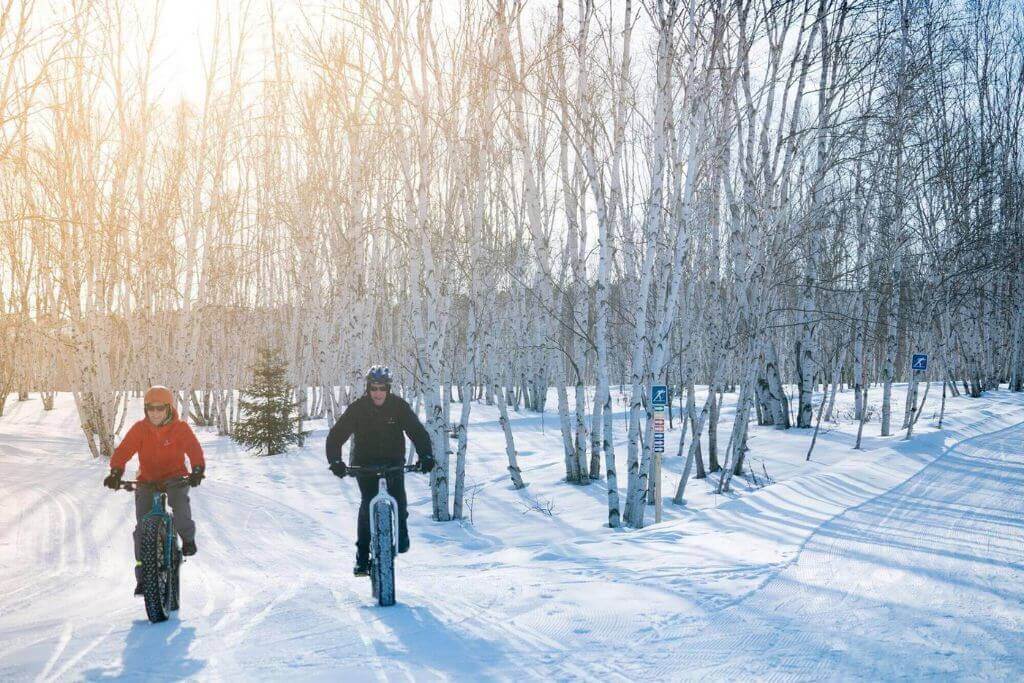
Sudbury, only last week, had to battle with an arctic air mass that came from the Northwest Territories. In Sudbury, snow is present on the ground for 136 days on average per year.
7. Sherbrooke, Quebec
The average low temperature in Sherbrooke, which is 156 kilometers east of Montreal, is -15.4 degrees. Long, snowy winters are a product of the humid continental climate of Sherbrooke.
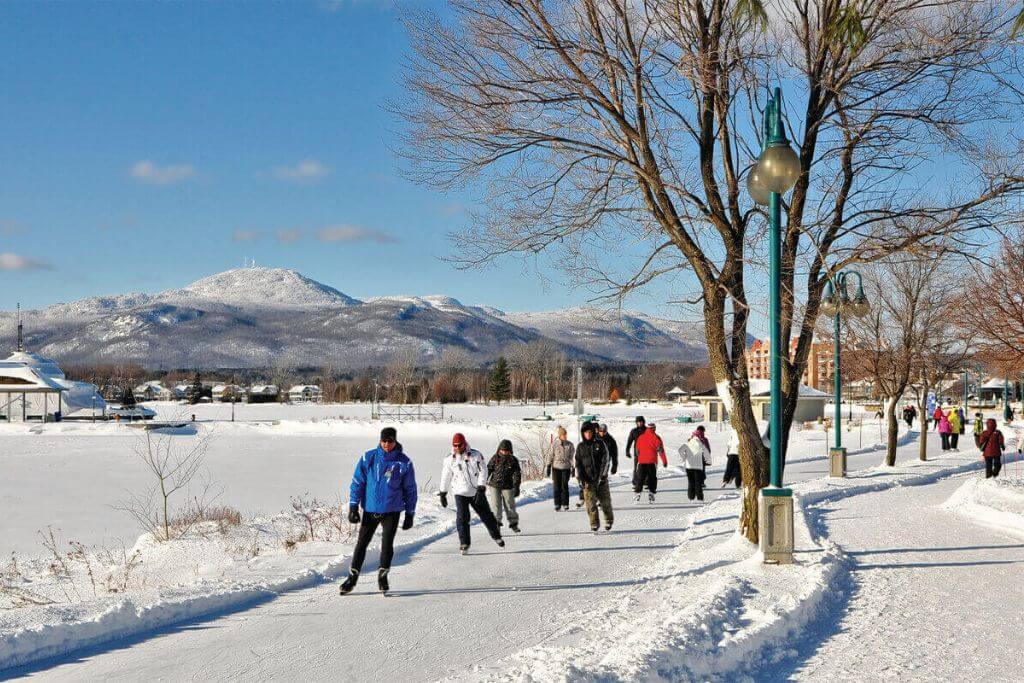
Sherbrooke actually receives about 286.5 centimeters of snow every year. Residents and visitors may enjoy the variety of outdoor activities available, including skating, skiing, snowshoeing, and snowmobiling, thanks to the surrounding nature and snowy habitat.
8. Quebec City, Quebec
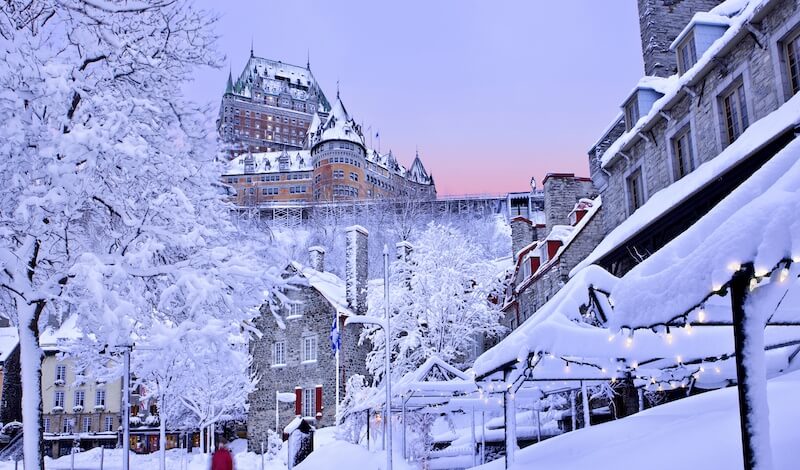
In the winter, Quebec City has lows of -15.4° on average. At 303.4cm, Quebec City has one of the highest annual snowfall averages. The winters in Quebec City may be snowy and chilly. Still, there are plenty of enjoyable things to do to pass the time, such as the traditional Quebec Winter Carnival, which attracts visitors from all over the world.
9. Trois Rivieres, Quebec
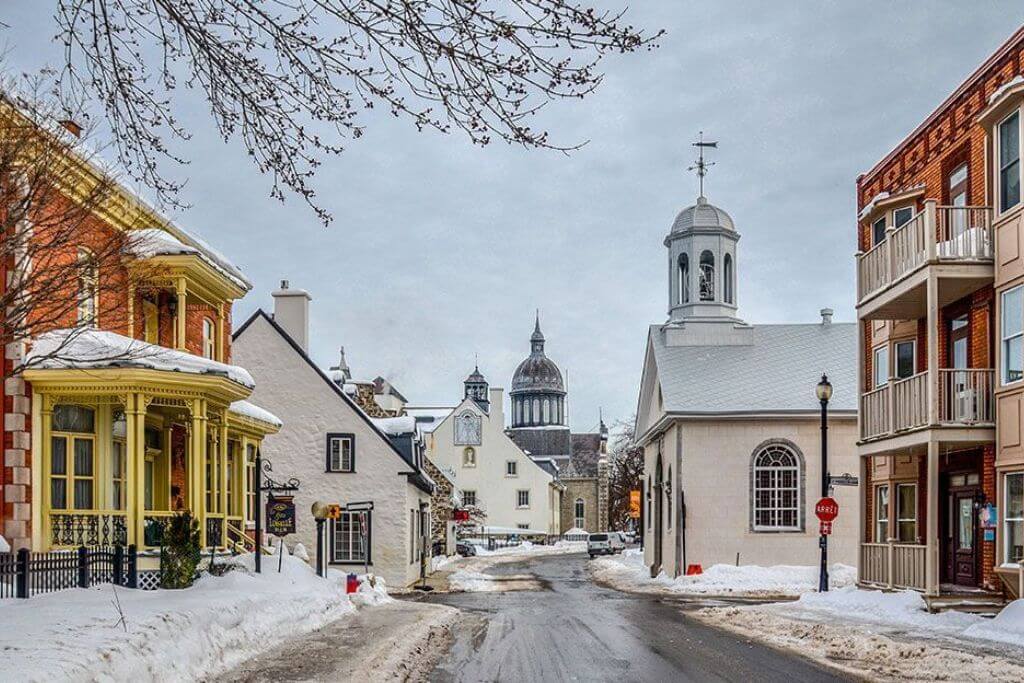
Just 129 kilometers to the southwest of Quebec City, Trois-Rivières experiences a yearly average low of -14 degrees and 259 cm of snowfall. Because to its humid continental climate, there are significant temperature swings from summer to winter. Because of this differentiation, there are hot summers and incredibly long, chilly winters.
10. Edmonton, Alberta
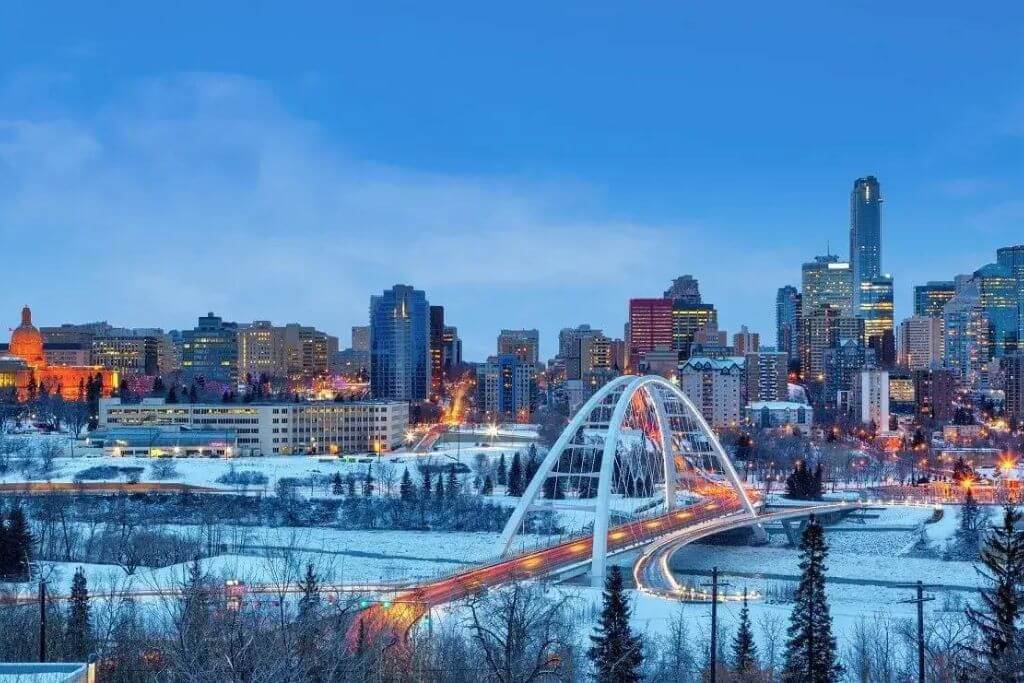
Edmonton experiences low winter temperatures on average of roughly -13°. Edmonton is renowned for its harsh, arid prairie environment, which includes ice, snow, and brisk winds. Additionally, the city receives 339 centimeters of snow on average per year. Edmonton has snowfall on average for 133 days each year or more than four months.
